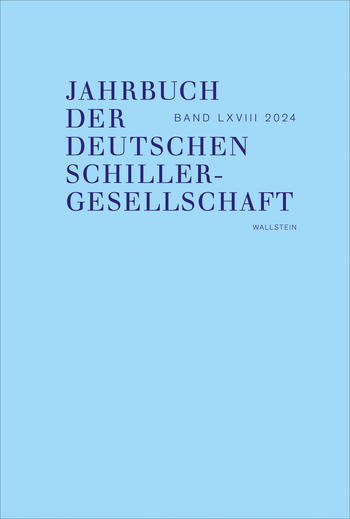

Nach einer Rekonstruktion der wesentlichen Etappen der Goethe-Dante-Forschung werden zunächst die mehrfachen Analogien zwischen der Beatrice aus Dantes ›Vita nova‹ und Goethes schöner Amazone vor dem Hintergrund mittelalterlicher Pneumophantasmologie herausgestellt. Der im Roman stattfindende Übergang von der schönen Amazone zur schönseligen Natalie wird anschließend mit der Evolution der Beatrice-Figur bis zur ›Divina Commedia‹ parallelisiert und im Sinne einer Sublimierung von einer phantasmatischen Liebesauffassung hin zu einem objektivierten und heilsgeschichtlich funktionalisierten Liebesbegriff gefasst. Auch das diesem Sublimierungsprozess immanente und durch Mignons Tod inkarnierte Kastrationsmoment wird schließlich hervorgehoben und auf der Grundlage mittelalterlicher Pneumophantasmologie gerechtfertigt.
The essay contributes to the research on Goethe’s reception of Dante and focusses in particular on the Dantesque influences in Goethe’s novel ›Wilhelm Meisters Lehrjahre‹. Beginning by reconstructing the essential stages of Goethe-Dante research, the essay then highlights the multiple analogies between Beatrice from Dante’s ›Vita nova‹ and Goethe’s beautiful Amazon (›schöne Amazone‹) against the background of medieval pneumophantasmology. The transition occurring within Goethe’s novel from the beautiful Amazon to the beautiful-souled Natalie is then paralleled with the evolution of the figure of Beatrice up to the ›Divina Commedia‹, and is understood in the sense of a sublimation from a phantasmatic conception of love to one that is objectified and functionalized in terms of salvation history. Finally, the moment of castration intrinsic to this sublimation process and incarnated through Mignon’s death is brought to the fore and justified on the basis of medieval pneumophantasmology.